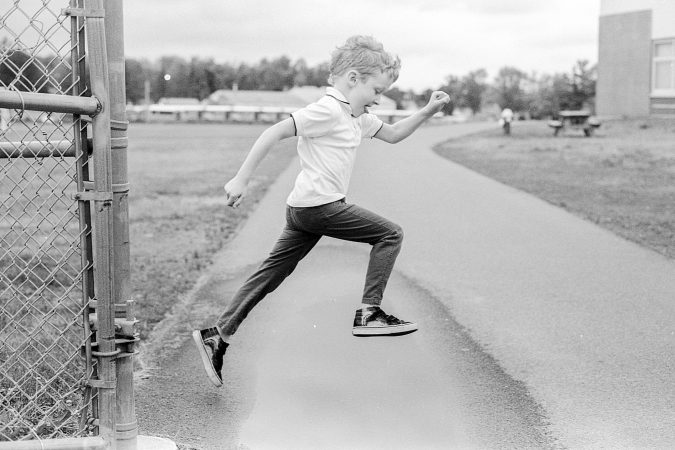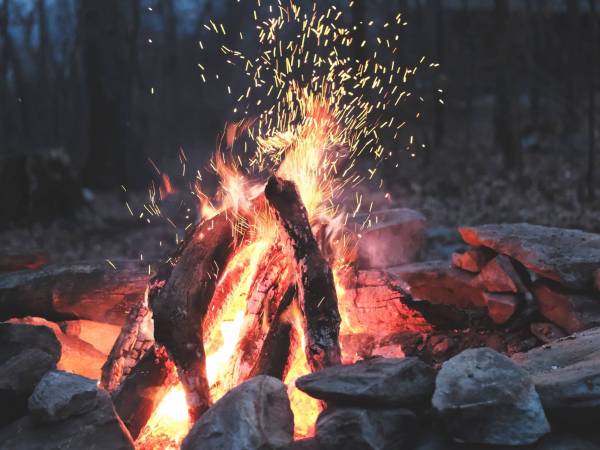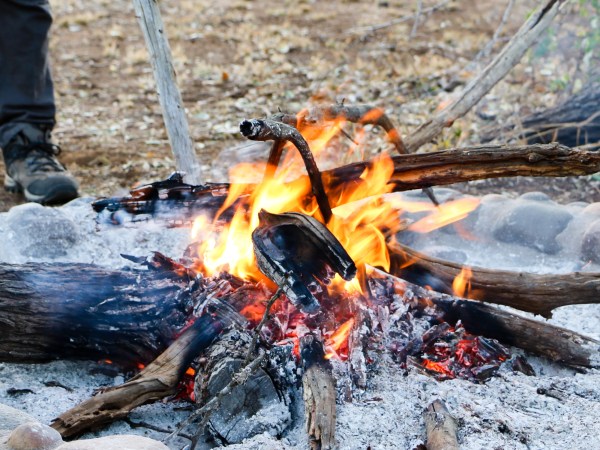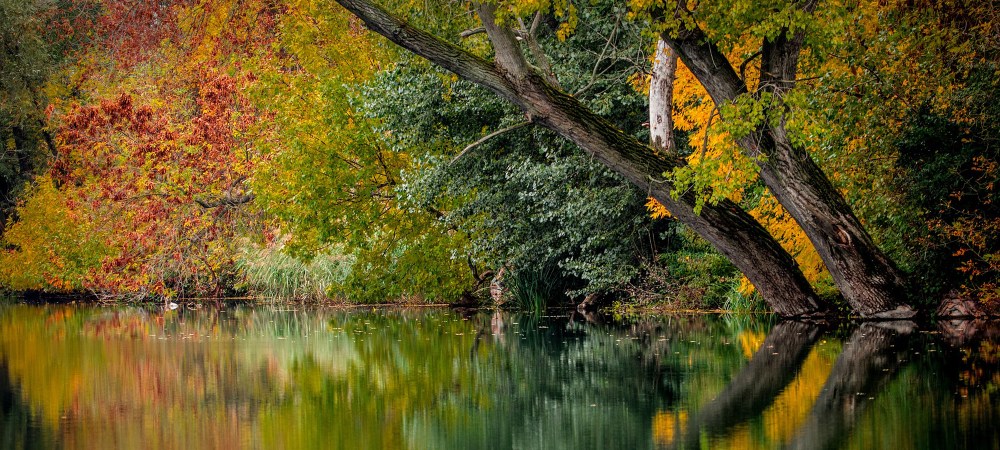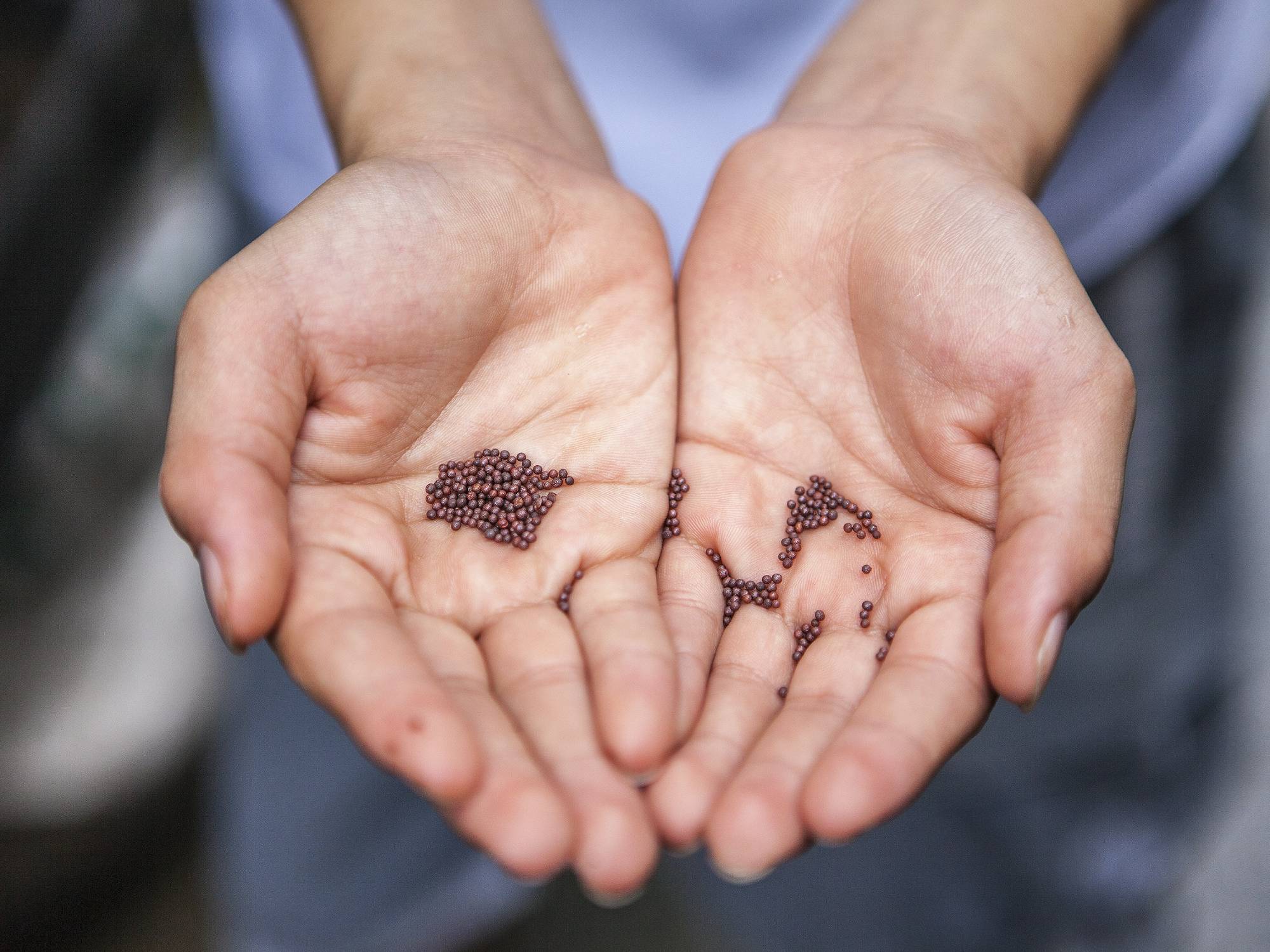

As the sole member of my community garden’s soil restoration committee, I wanted to prepare for next spring by planting a few species that would enrich the ground with precious nitrogen. But seeds were either out of stock or had shipping timeframes that would make it hard for them to grow in time before the first freeze.
And then there was another option: I could go seed-gathering myself. This would not only save time and money, but I would also be planting native species. This means helping promote clean water, healthy soil, pollinator habitats, and solid shorelines while helping prevent mass extinctions and climate change.
The best part is that you can probably find these plants around your neighborhood, and once you gather a season’s worth, you can collect their seeds ad infinitum.
But before you head out with garden gloves and high hopes, you should know what you’re doing—lest one of your neighbors accuses you of trespassing.
Do your research
Before you set out on your seed-gathering adventure, learn how to identify the plants around you that bear them. Experts recommend checking out resources such as books, videos, websites, apps like iNaturalist. Talking to local professionals is also a great idea.
Then, you need to think about where you’ll be collecting your seeds from. For that, you’ll need to research your specific area’s laws and regulations. It might go without saying, but you need to make sure you have permission from the landowner if you’re gathering plants on private property.
[Related: How to forage your way through your neighborhood]
Some states restrict foraging in public spaces, and some, like Texas, allow you to gather plants and seeds as long as they’re at a safe distance from the roadside. But even then, some species, like carnivorous pitcher plants, might be illegal to collect at all.
Getting to know which ones are off-limits, writing their names down, and searching for their images online will help you learn to recognize them when you’re in the field. Avoid fines and take care of mother nature in one fell swoop by doing your due diligence.
Don’t break nature
In addition to the black-and-white legal territory, there’s also a gray ethical area to collecting native species.
There might be a lot of plants out there you can get for your garden, but Ryan Godfrey, a representative from the North American Native Plant Society, recommends caution as ecosystems rely on a delicate balance. No matter how well-meaning they are, a small army of people that goes out and depletes the natural seed sources of a public area could be detrimental for the continuation of the species.
“Never, ever, ever take seeds from the first plant that you see. You should wait until you see lots of [the same] plants before you collect any seeds,” says Godfrey.
Once you’ve assessed the area thoroughly, Patrick Goggin, a lake specialist, and outreach program manager at the University of Wisconsin Stevens Point, recommends not taking more than ten percent of the native plants from the ecosystem. Minnette Marr, plant conservationist and research associate at the Lady Bird Johnson Wildflower Center, said her number was twenty percent—that means harvesting one or two seeds for every ten you see.
But proceed with caution: Marr warns that even if a plant is native to North America, it might not necessarily be adapted to your specific ecosystem, so it doesn’t have the usual benefits of native species.
“Political boundaries don’t actually mean anything to plants,” she says.
Consulting trustworthy websites like the National Wildlife Federation’s native plant finder, and the Ladybird Johnson Wildflower Center seed supplier list is a good start to prevent your gathering from having a negative impact.
Finally, experts also recommend going seed collecting with local native plant groups, nature centers, or government restoration organizations. Foraging in a large group is generally safer, and more seasoned nature enthusiasts can help you to locate the best spots and know how many seeds are enough.
If you have no community groups around you or you’re uncertain about how to assess the flora around you, try practicing by growing native plants from your local supplier, and collecting those seeds.
Practice ethical gathering
Knowing how the law and nature work is a great start. But you should also consider the fact that we are all living on Native American land, and the seeds you find here exist because Indigenous North Americans have cultivated them for thousands of years. This is also a longstanding tradition that lives on today through the hard work of organizations and NGOs.
“I find it to be a very solemn activity that deserves utmost respect and consideration,” says Godfrey.
In her book, Braiding Sweetgrass, SUNY environmental biology professor and Citizen Potawatomi Nation member Robin Wall Kimmerer, lays out the main principle of the ethical harvest: reciprocity, to give back for what we have been given.
This is why it’s important to collect only a small fraction of a plant’s available seeds, and why it’s common among experts to donate part of their harvest to their communities. Goggin has given seed packets to conservation organizations to use at silent auctions, as well as gifts to public radio stations, community centers, and school groups. He also made a video for kids to learn how to make easy-to-plant native seed balls.
If you want to give back, you can teach others how to collect seeds ethically, and share your harvest with your friends and family.
Timing is everything
Before plucking plants from the ground, consider their growing cycle and only take them when they are ready for harvest. This usually happens in the spring, about a month after they flower, when the seeds start to darken. Goggin says you should be looking for a tan or black color.
Other signs to look out for are loose seeds, a few empty capsules, or missing berries. That means the plant has started to distribute its seeds on its own, says Marr.
Once you’ve determined a plant is ready, you can start collecting—snip the ends of grasses or gently pull the seeds from the middle of a flower. But sometimes harvesting is more complicated than that. For example, Jewelweed, one of Godfrey’s favorite plants, has a capsule that forcibly ejects the seeds out with any kind of impact.
“As soon as you touch it, it explodes,” he explains.
His solution is to place a bag over the top of the plant to catch the seeds.
Storage and planting
Once you’re done collecting, you can carry dry seeds in a brown paper bag to prevent mold. Marr likes to use a cotton drawstring bag because it’s light, reusable and breathes. For pulpier seeds, like the pits in peaches and cherries, Marr uses zip-top bags or plastic coffee containers.
You can store your seeds somewhere at room temperature, without direct sun, and with lots of air circulating, she says. This will prevent them from trying to germinate and keep mold away. If the seeds are still damp when you get them home, Godfrey recommends laying them out to dry on a sheet of newspaper.
[Related: These 142-year-old seeds sprouted after spending more than a century underground]
Strategies for planting your seeds vary depending on the species, but Marr recommends planting them soon after collection to increase the chance of germination. Her rule of thumb is that seeds should not be buried deeper than twice their width.
With the seeds already in the soil of my community garden, I spent several anxious days of increasingly chilly weather looking for signs of life before I saw my winter ground cover sprouting. Now I can’t wait to watch it grow. It reminded me that planting something is only the start of a longer adventure.







